THE CHARGER
Even the smallest railgun requires a huge amount of energy to operate . The CR2032 coin cell with its 220 mAh capacity can theoretically provide over 2000 Joules of energy . Unfortunately railgun consumes all this energy during a very short time , which means that the only way to power it is from a low impedance capacitors. Charging large capacitors form a coin cell battery is a bit tricky . The biggest challenge when designing the DC-DC converter capable of doing so is to deal with a large internal impedance of the coin cell battery. The input voltage can drop al low as 1.5 V and the maximal current draw from the battery has to be limited in order to maximize its capacity . On the other hand the high voltage converters usually work better with low impedance power supplies capable od delivering high currents. After a series of experiment I found that building an efficient DC-DC converter in one stage is extremely hard. The easier way is to divide it into two parts .
Below is the block schematic of my railgun power supply .

The circuit consists of two boost converters , voltage multiplier and two Schmitt trigger circuits.
The first boost converter charges the capacitor C1 . When its voltage reaches the threshold level of the Schmitt trigger , the second boost converter is enabled , charging the capacitor C2 through a voltage multiplier . The voltage multiplier is needed since all the MOSFET transistors with a low gate threshold voltage have a low drain-source voltage. When the C1 capacitor discharges below 4V the second converter is stopped and put in low-power sleep mode allowing the first converter to recharge the C1 capacitor. This cycle repeats as long as the voltage on C2 capacitor is lower than the limit set on the second Schmitt trigger circuit. The full schematic and the PCB layout of the charger can be found in files section of this project.
THE CAPACITOR BANK
The pulse power source of the railgun consists of three 2.2mF capacitors rated at 450V , a 160A thyristor and a 100A diode. The single pulse current ratings of the thyristor and the diode are not known since they were made over three decades ago in the Soviet Block . The capacitors were pulled from an old , on-line type UPS power supply . The capacitor bank can store about 300 Joules of energy when charged to 300V.
THE BETTER BATTERY
First tests with the charger and the standard CR2032 battery gave very poor results . The internal resistance of the battery limits its output power to about 50-70 mW , which is not enough to deal with the self discharge current of the capacitors . The only way to move project forward was to find a better coin cell battery . My choice is the LIR2032 battery - a lithium-ion , rechargeable replacement for the CR2032 . It has a much lower capacity : 40-60mAh ( which tranlstates to 500-750 Joules ) , but also much smaller internal resistance . The charging curves show the difference :

THE RAILS
The rails of the railgun were made from four hexagonal , brass rods. Between them a set of neodymium magnets were installed to provide magnetic field augmentation and increase the efficiency of the system . Later , after some simulation the augmentation coil was wound around the magnets, The coil plays two roles : increases the magnetic field , and lengthens the current pulse through the projectile.
FIRST TESTS
The first tests were made using a 10mm , cylindrical graphite projectile. The results were rather mediocre . Projectile has a very low speed and is partially destroyed due to the high current.
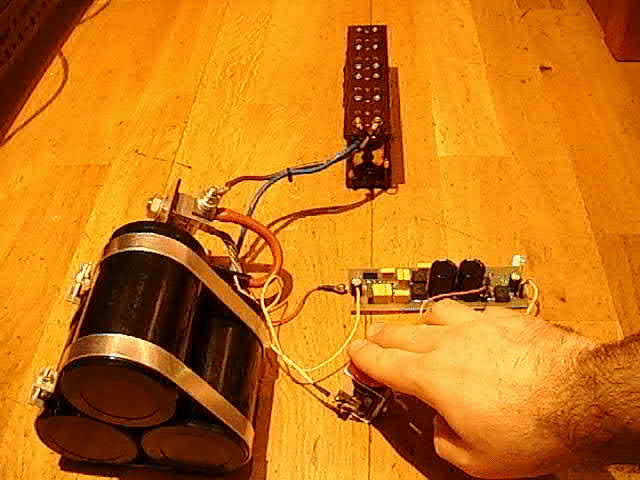
CONCLUSION AND PLANS FOR THE FUTURE
The Coin Cell powered railgun works. Its weakest part is the projectile . It seems that a teflon core projectile with copper "wings" should drastically improve its reliability and efficiency . The next step before further testing is to make better projectile and try to add magnetic shield to boost the magnetic...
Read more »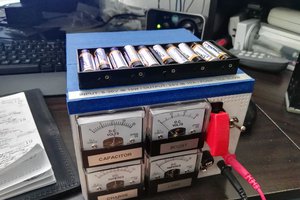
 David Scholten
David Scholten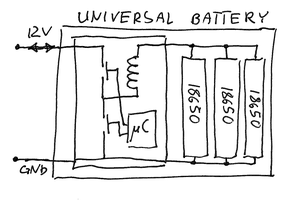
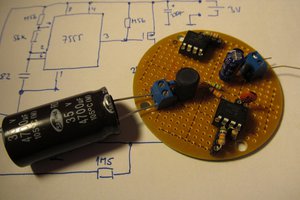
 jaromir.sukuba
jaromir.sukuba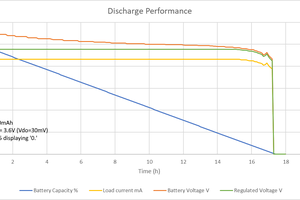
 George
George
Very interesting. I'm impressed that it fired at all without an injector. That's no small feat. I'm curious about the rail design and how you laid out your magnets and inductors. I had a similar idea but I'm curious how you did it.